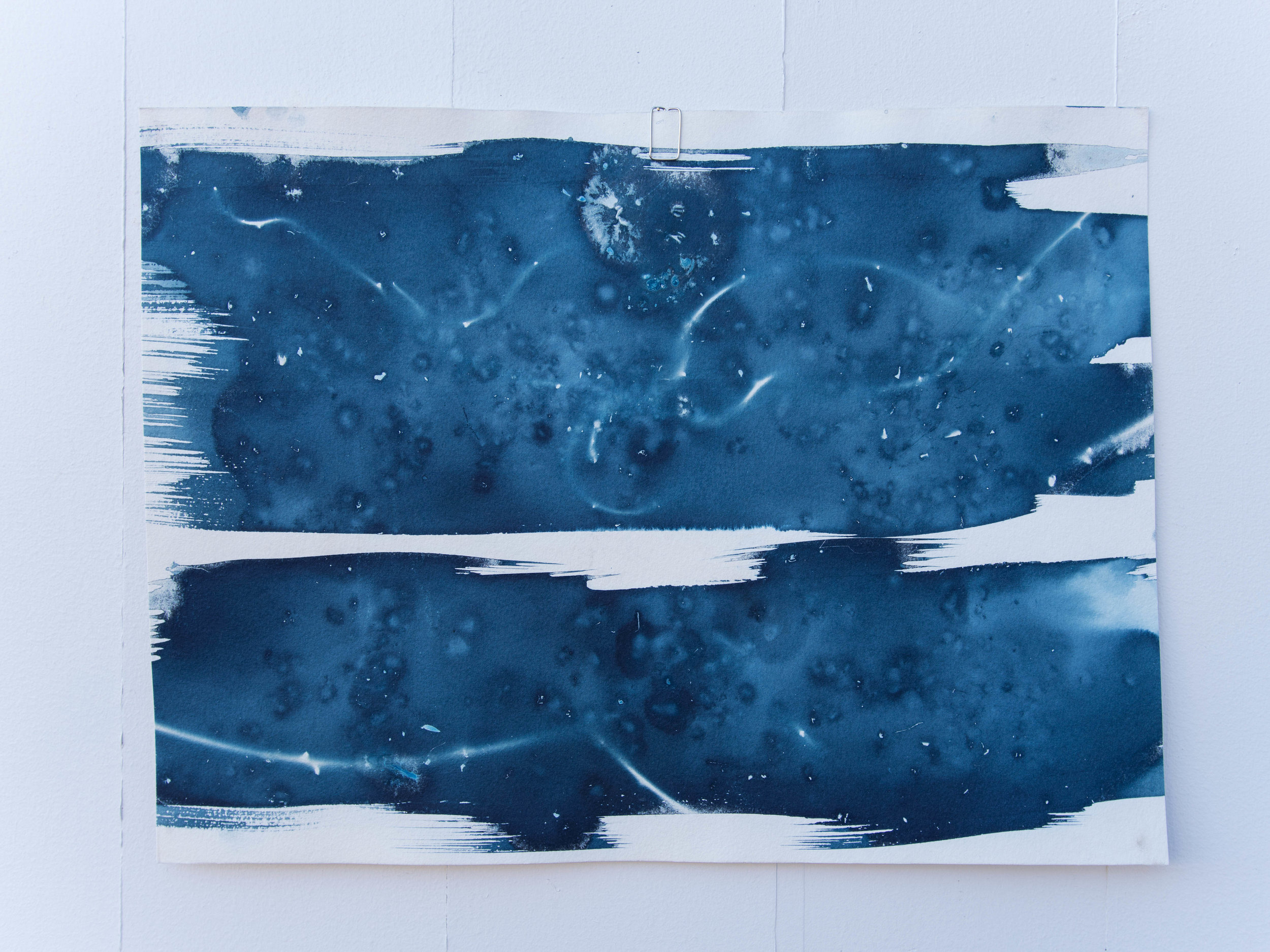LOUISE LONG, 2017
www.louiselong.co.uk
Places of fracture where objects creak, rasp, scrape. Scuff against their own qualities.
Shifting surfaces; slippery adumbrations of appearance, at a crossroads with the enduring deep.
The Imprint of Their Shape is a body of work drawing on Gilles Deleuze & Felix Guattari’s concept of the ‘rhizome’ - an idea of knowledge characterised by connection, multiplicity and assemblage. In contradiction to an arborescent (dualist, binary) conception of knowledge, a rhizome is between things, intermezzo. It is a map which may be connected, detached, modified, with multiple entry and exit points. It is tangle of vines, a river, a crystal, a season, a weather system. And it announces that each manifestation of an idea is a new way of seeing, rather than an extension of a previous idea.
Forests as rhizomes are knots of arborescence, uncovering opportunity from old constraints. The rhizome is also as a creeping vine, from which multiple new shoots grow. The vine’s tolerance of deep shade allows its invasion of closed forested areas, its proliferation without limits. Shrubs may be smothered, whilst canopy trees strangled or uprooted, under the excessive weight of the vines. Rhizomatic, too, is the ice crystal: comprised of layer upon layer of mineral, expanding in all directions.
In the spirit, two concurrent modes of image-making explore the elusive relationships between the woodland, the invasive vines, and precipitation in the landscape. Measured graphite and ink studies uncover detailed organic forms as vignettes of micro experience, whilst cyanotype prints elicit a physical encounter between subject and material, succumbing to the unpredictable. Within a fluctuating spectrum of representation-abstraction, the work embodies careful observation whilst embracing chance, signals the visible alongside the oblique, and the tangible alongside the withdrawn.
Yet soon arise slippages between the physical and their metaphorical ‘rhizomatic’ qualities of the vine, forest and ice crystal. Discrepancies in definition which question the very notion of invasiveness and change. It is often this space of conceptual displacement, rupture or circularity where the work takes hold. As posed by August Strindberg, Swedish writer, painter, and elemental photographer of the 19th Century:
“Could water in vapour form, having passed through plants a number of times, have taken and kept the imprint of their shape? Could that same water, leaving the primitive state of its crystalline shape, be capable of developing and creating free shapes in crystal formations? Did water give plants their shape, or is it the other way round?”

















